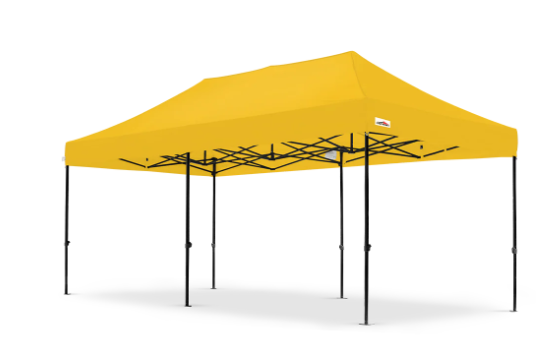
Homeland
Home insurance isn’t a legal requirement – but it is a sensible precaution that’s insisted on by many mortgage lenders. By investing in the right home insurance, you’ll vastly limit the risk imposed by your property, and give yourself valuable peace of mind. But exactly what kinds of home insurance are available, and which is the best fit for your needs?
Types of Home Insurance: Buildings vs. Contents
There are two main kinds of home insurance to consider. Buildings insurance is there to cover the building itself, while contents insurance is there to cover what’s inside it. Damage to walls, joists, and other structural elements might be covered by the former; a stolen television might be covered by the latter.
In practice, most home insurance policies provide a combination of the two varieties. There’s also a third to consider: legal liability insurance. This will protect you in the event that you’re sued by a visitor. For example, if your electrician trips on something you’ve left lying around, they could technically hold you responsible via the courts. If you have the right home insurance, these costs might be dealt with.
Assessing Your Coverage Needs
Getting the right insurance policy in place often means thinking about exactly what you need. How much is your home going to cost to rebuild? How valuable are the contents of your home? If you can communicate this information to your insurer, and back it up with valuations from independent, impartial appraisers, then you’ll stand a better chance of getting an appropriate payout when you make a claim.
In many cases, you might not be insured to the right extent. Under-insurance means that you won’t be covered for the full cost of any problems you suffer – while over-insurance means that you’re paying too much for a level of insurance that isn’t justified by the items you own.
Tips on calculating your home insurance needs
When you’re working out how much cover you need, you’ll need to write down every valuable item in the home. This might mean things like your television, furniture, laptops and musical instruments. But other, less obvious items, like your dishwasher, should also go on the list.
If you have high-value items to protect, like designer jewellery and wristwatches, then a valuation from an independent third party might be worthwhile. You should also think about separate, specialised insurance for items of particular value.
You can also drive down your premiums by committing to a higher voluntary excess and by installing the right security cameras and alarms.
UK home insurance market trends
You might find that certain problems aren’t covered by your insurance policy. For example, you might not be covered against certain natural disasters. If you live in the middle of a flood plain, then a cheap insurance policy might not protect against the possibility of a flood. Make sure that you read the small print, and that you understand what you’re paying for. Where your policy is lacking, it might be worth taking out optional extras to provide you with the desired level of cover.
Write and Win: Participate in Creative writing Contest & International Essay Contest and win fabulous prizes.


